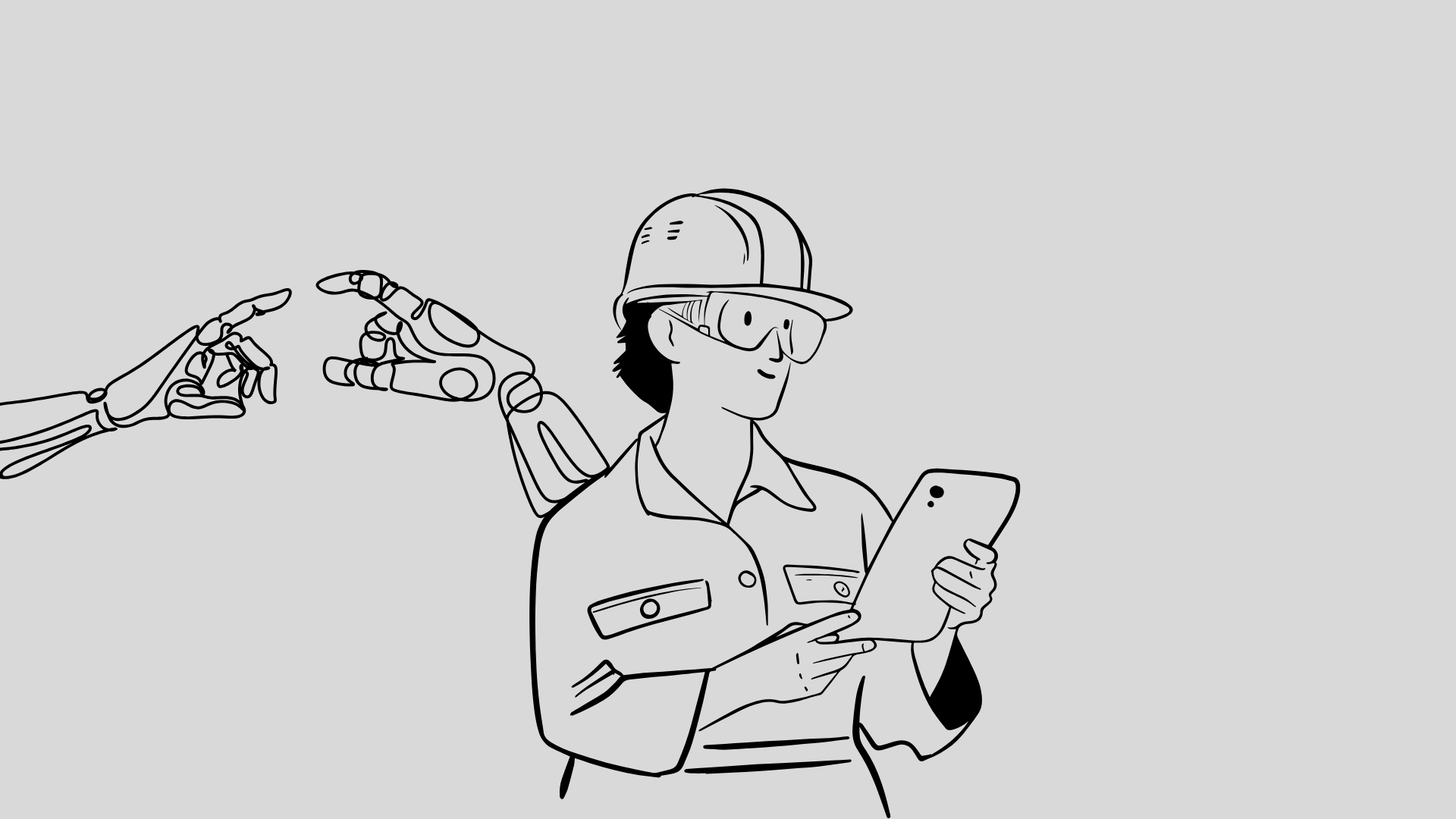Artificial Intelligence (AI) is transforming industries worldwide, and the architecture and construction sector in Southeast Asia is no exception. AI, covers technologies like machine learning and deep learning, enables computers to learn from data, identify patterns, and make intelligent decisions.
In the context of architecture and construction, AI applications range from automating design tasks to optimising construction processes and improving project management. By leveraging the power of AI, industry players can enhance efficiency, reduce costs, and deliver innovative and sustainable building solutions.
Understanding the transformation of AI in architecture and construction industry
The integration of Artificial Intelligence (AI) is transforming the architecture and construction industry in Southeast Asia, impacting every stage from initial design to project completion. The application of AI is not just about innovation; it is about addressing real challenges in urban development and construction safety.
The importance of AI in architecture and construction
This shift has profound implications for the industry, impacting:
- Design Efficiency: AI-powered tools can generate multiple design options, optimise building performance (energy efficiency, structural integrity), and personalise designs to user preferences. This leads to faster design cycles, reduced costs, and more innovative and sustainable buildings.
- Construction Productivity: AI can optimise construction schedules, predict potential delays, and improve resource allocation. This minimises disruptions, reduces waste, and enhances overall project efficiency.
- Project Management: AI can automate routine tasks, such as data entry and report generation, allowing project managers to focus on strategic decision-making. Predictive analytics can identify potential risks and proactively address challenges.
- Safety and Quality: AI-powered systems can monitor construction sites in real-time, identify safety hazards, and ensure quality control throughout the project lifecycle. This enhances worker safety and delivers higher-quality projects.
Taking action
To fully leverage the benefits of AI in architecture and construction, stakeholders can take the following steps:
- Embrace AI Adoption: Construction companies and architects must embrace AI technologies and invest in training and upskilling their workforce.
- Data-Driven Decision Making: Leverage data analytics to gain insights into project performance, identify areas for improvement, and make informed decisions.
- Focus on Ethical Considerations: Ensure AI development and implementation, prioritising data privacy, security, and the ethical implications of AI-driven automation.
- Collaborate and Innovate: Foster collaboration between stakeholders, academia, and technology providers to develop quality AI solutions for the industry.
Examples of AI in action in Southeast Asia
Singapore:
- Smart Nation Initiative: Singapore’s Smart Nation initiative leverages AI in various aspects of urban planning and development, including smart buildings, autonomous vehicles, and predictive maintenance of infrastructure. (Source: Smart Nation Singapore)
Malaysia:
- AI Park in Cyberjaya: The development of an AI Park in Cyberjaya aims to attract AI companies, foster research and development, and create a hub for AI innovation in Malaysia. (Source: Rumah Selangor)
Thailand:
- AI in Healthcare: Thailand is using AI to improve healthcare services, such as disease diagnosis, drug discovery, and personalized medicine. (Source: Insights Thailand)
The rise of AI presents both challenges and opportunities for the architecture and construction industry in Southeast Asia. By embracing these technologies, the industry can unlock significant potential for increased efficiency, productivity, and sustainability.
At Infinity Wave, we specialise in delivering advanced solutions like FOX CMMS, designed to revolutionise facility management. Learn how FOX can optimise your maintenance processes and improve operational efficiency. Explore our solutions to take your facility management to the next level.
